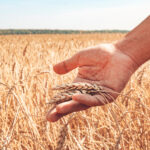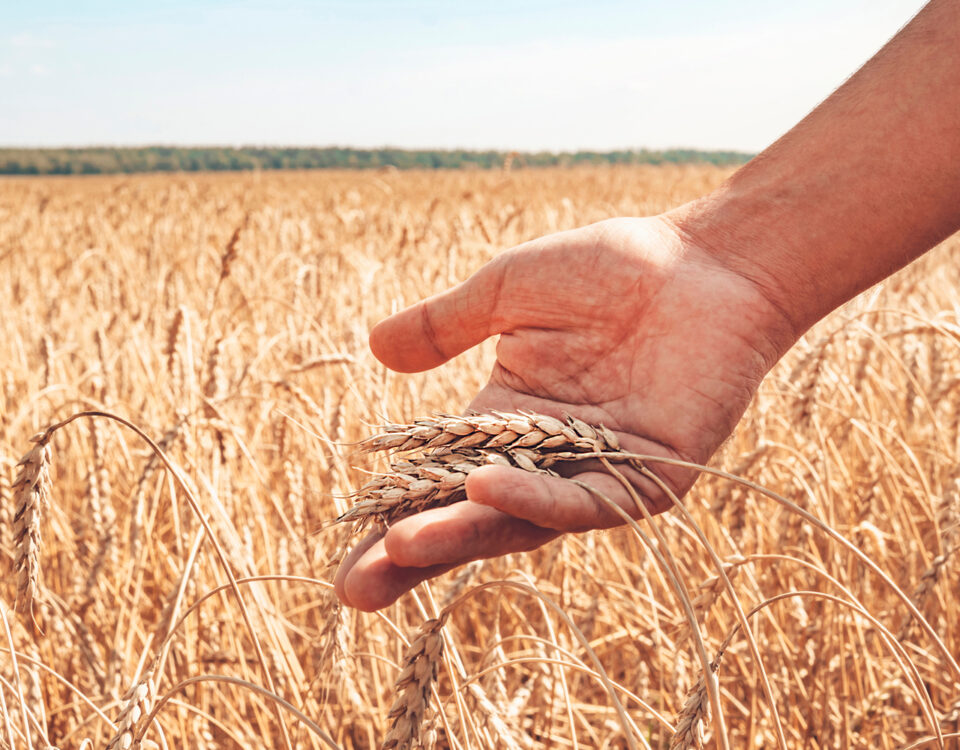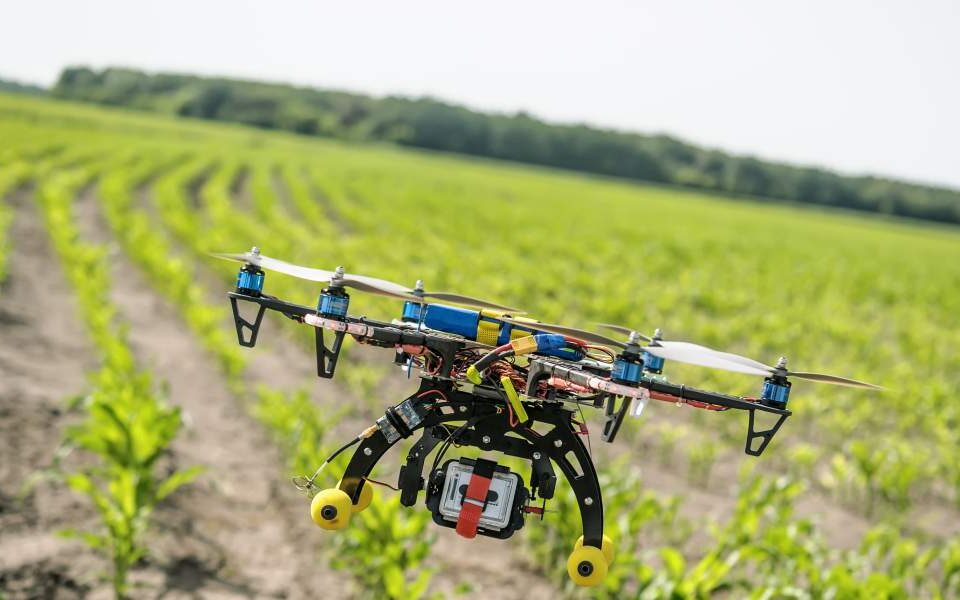
The Role of Technology in Modern Agriculture
September 21, 2024
The Science Behind Hybrid Seeds for Better Crop Growth
September 24, 2024Introduction to Rice Threshing
Rice threshing is a crucial step in the post-harvest process, separating the rice grains from the stalks. Traditionally done manually, threshing has evolved with the invention of thresher machines, making the process faster, more efficient, and less labor-intensive. In this blog, we’ll explore how modern thresher machines are transforming rice threshing, helping farmers save time, reduce labor costs, and increase productivity.
What is a Thresher Machine?
A thresher machine is an agricultural tool used to separate rice grains from straw and husks. It works by beating the harvested crop to break and remove the grains. Modern threshers come in various sizes and types, from small, portable models to larger, more complex machines designed for commercial-scale farming. These machines are crucial in regions where rice production is a significant part of agriculture, helping farmers handle large volumes of crops with ease.
Types of Thresher Machines
There are several types of thresher machines, each designed for different farming needs. The most common types include:
- Drum Threshers: These are designed for small to medium-scale farms.
- Axial Flow Threshers: Ideal for large-scale rice farming due to their high efficiency.
- Multi-Crop Threshers: Versatile machines that can be used for a variety of grains, including rice.
Each type of thresher is built to suit specific requirements, allowing farmers to choose based on the size of their fields and the type of crops they harvest.
Benefits of Using Thresher Machines
Thresher machines provide numerous advantages to rice farmers:
- Efficiency: Threshers significantly reduce the time it takes to separate grains from stalks.
- Labor Saving: With machines doing the heavy work, the need for manual labor is minimized.
- Increased Yield: Mechanized threshing ensures more grains are collected, reducing losses from manual methods.
- Cost Effective: Over time, threshers help cut labor costs and improve profit margins for farmers.
How to Operate a Thresher Machine Safely
Safety is crucial when using agricultural machinery. Threshers have moving parts that can pose risks if not handled properly. Before operating a thresher, it’s essential to read the user manual, wear appropriate safety gear (like gloves and goggles), and ensure the machine is in good working condition. Regular maintenance, such as cleaning and lubricating parts, will help prevent accidents and extend the machine’s lifespan.
Maintenance Tips for Thresher Machines
To keep thresher machines running smoothly, regular maintenance is a must. Here are some basic tips:
- Clean the Machine: After every use, clear away dust and debris to avoid clogging.
- Check for Wear and Tear: Regularly inspect belts, gears, and bearings for any signs of damage.
- Lubricate Moving Parts: Proper lubrication will keep the machine functioning efficiently.
Routine care ensures that the thresher operates at optimal performance and reduces the chances of costly repairs.
Environmental Impact of Using Threshers
Threshers not only improve farming efficiency but also contribute to environmental sustainability. By using threshers, farmers can reduce the amount of time crops are exposed to the elements, decreasing spoilage and waste. Additionally, modern threshers are becoming more energy-efficient, helping to lower the carbon footprint associated with rice farming.
Future of Thresher Technology
With advancements in agricultural technology, thresher machines continue to improve. The future holds promise for more automated, AI-driven threshers that require minimal human intervention, further enhancing productivity. These innovations aim to meet the growing demand for rice in an ever-expanding global population, while also addressing environmental concerns and labor shortages in agriculture.
Conclusion
Rice threshers are game changers in modern farming, offering significant improvements in efficiency, safety, and productivity. By understanding the different types of threshers, their benefits, and how to maintain them, farmers can make the most of this technology to increase their yield and profits while ensuring long-term sustainability.
to read more agriculture related blogs on the website Click here.
The topic for writing this blog has been taken from the post of a farmer from the Sindh Abadgar Board Facebook page.





